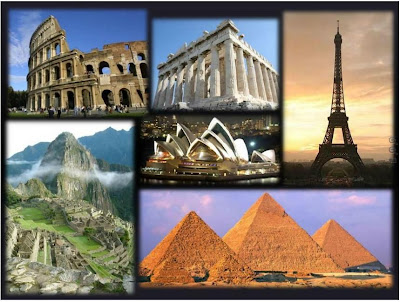Bo wiem,
ze
lubisz podrozowac i zwiedzac.
Tylko kliknij i dowiesz sie jak to dziala, ze daje 300 procent
Kliknij w baner. Czekam.
A teraz sie zarejestruj.
Na wlasnym koncie.
I zwiedzaj!
I zwiedzaj!
I zwiedzaj!
I zwiedzaj!
I zwiedzaj!
I zwiedzaj!
I zwiedzaj!
From Wikipedia, the free encyclopedia
| Rosslyn Chapel | |

Rosslyn Chapel
| |
| 55°51′19″N 3°09′29″WCoordinates: 55°51′19″N 3°09′29″W | |
| OS grid reference | NT275630 |
|---|---|
| Location | Roslin, Midlothian |
| Country | Scotland |
| Denomination | Scottish Episcopal Church |
| Previous denomination | Catholic |
| Website | www.rosslynchapel.org.uk |
| History | |
| Dedication | Saint Matthew |
Rosslyn Chapel, properly named the Collegiate Chapel of St Matthew, was founded on a small hill above Roslin Glen as aCatholic collegiate church (with between four and six ordained canons and two boy choristers) in the mid-15th century. Rosslyn Chapel and the nearby Roslin Castle are located at the village of Roslin, Midlothian, Scotland.
The chapel was founded by William Sinclair, 1st Earl of Caithness (also spelled "Sainteclaire/Saintclair/Sinclair/St. Clair") of theSinclair family, a noble family descended in part from Norman knights from the commune of Saint-Clair-sur-Epte in northern France, using the standard designs the medieval architects made available to him. Rosslyn Chapel is the third Sinclair place of worship at Roslin - the first being in Roslin Castle and the second (whose crumbling buttresses can still be seen today) in what is now Roslin Cemetery.[1]
The purpose of the college was to celebrate the Divine Office throughout the day and night and also to celebrate Holy Mass for all the faithful departed, including the deceased members of the Sinclair family. During this period the rich heritage of plainsong (a single melodic line) or polyphony (vocal harmony) would be used to enrich the singing of the liturgy. An endowment was made that would pay for the upkeep of the priests and choristers in perpetuity and they also had parochial responsibilities.
After the Scottish Reformation (1560) Roman Catholic worship in the chapel was brought to an end, although the Sinclair family continued to be Roman Catholics until the early 18th century. From that time the chapel was closed to public worship until 1861 when it was opened again as a place of worship according to the rites of the Scottish Episcopal Church.
In later years the chapel has featured in speculative theories regarding Freemasonry and the Knights Templar.








No comments:
Post a Comment
Z powodu niechcianego spamu,
aby skomentować,
trzeba sie zalogowac